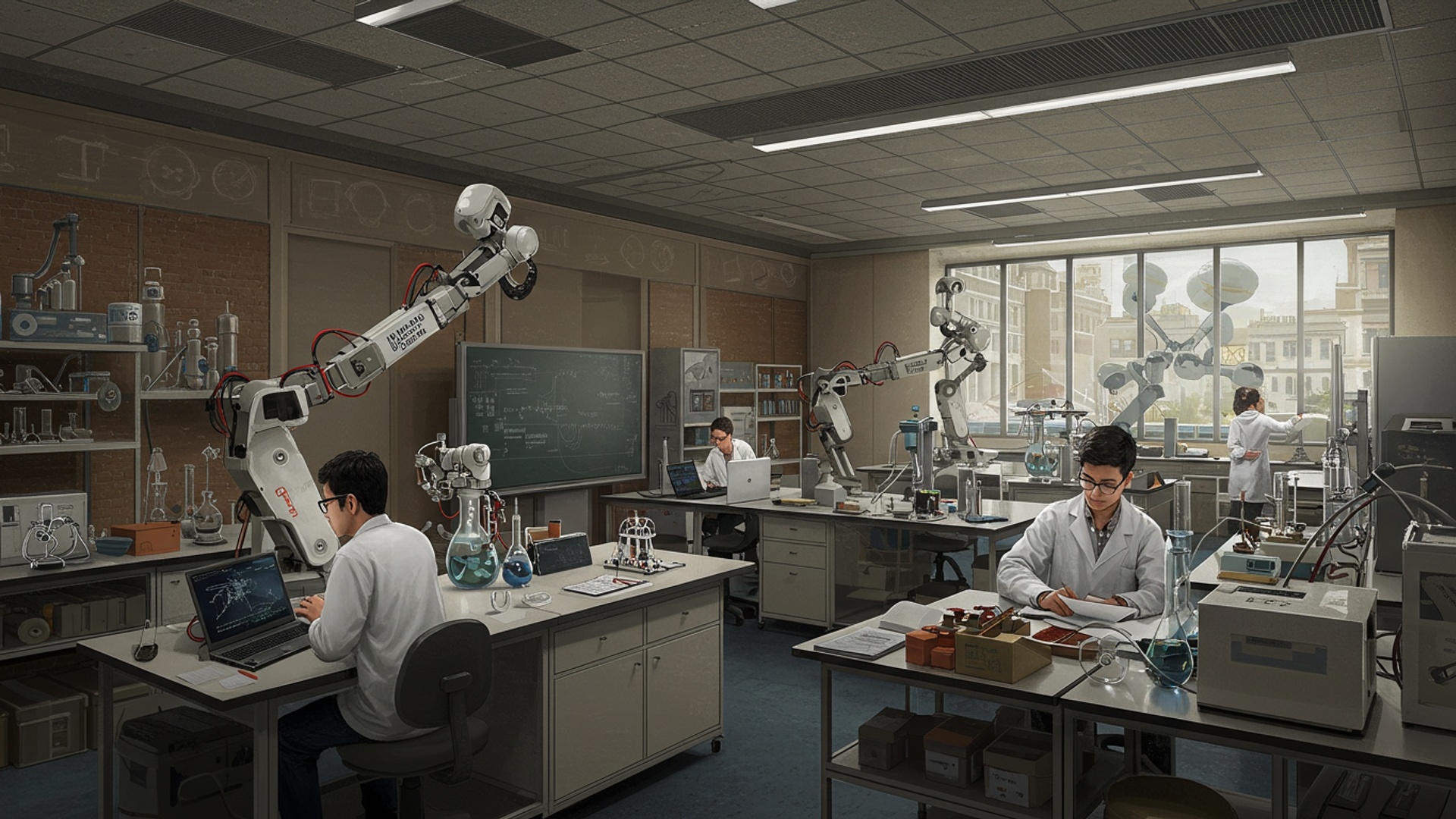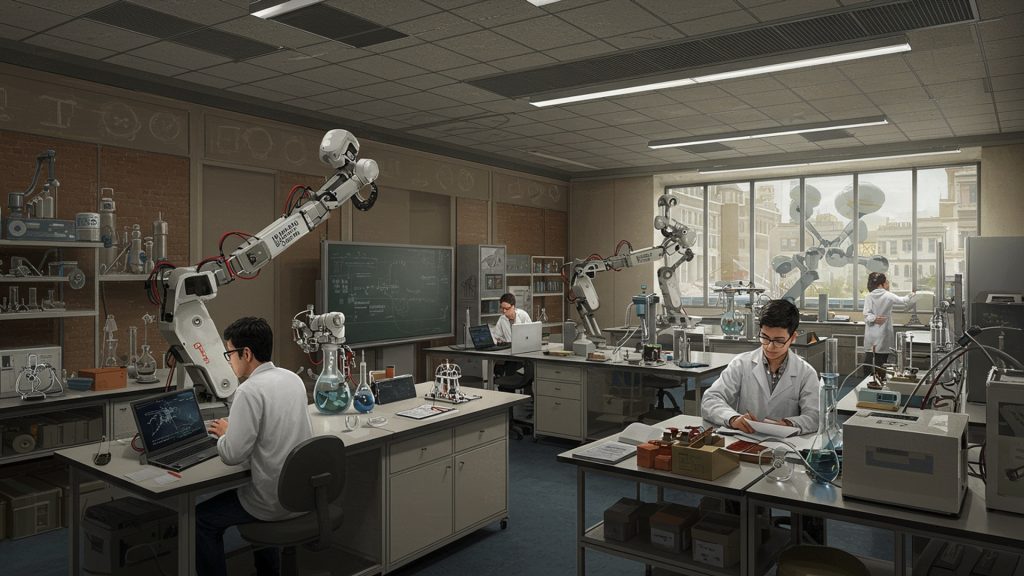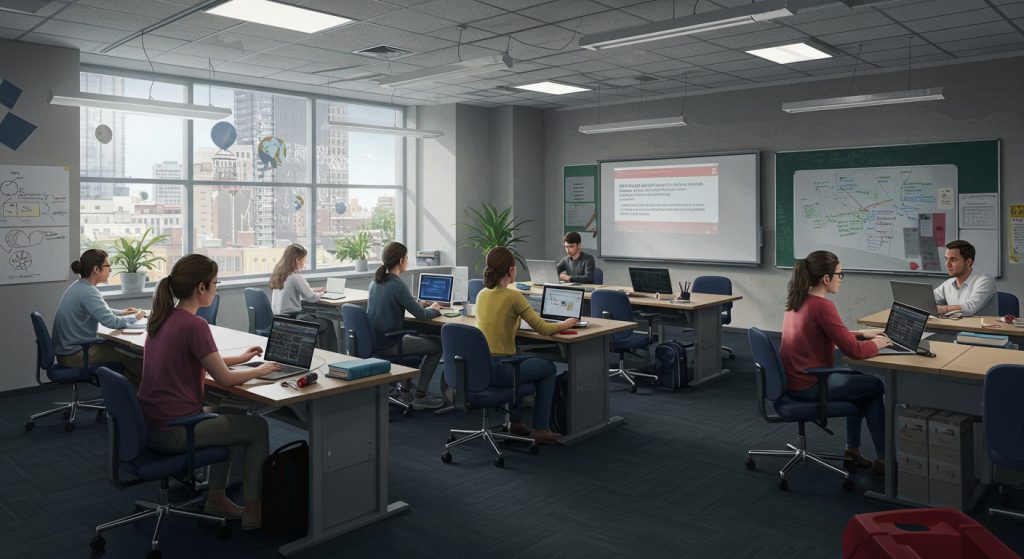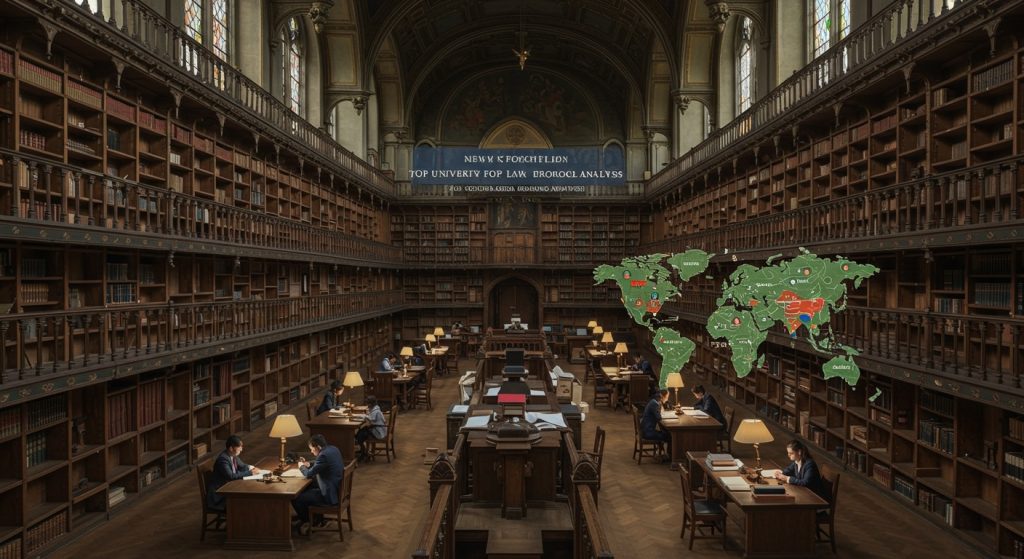Humanity faces unprecedented challenges, from climate change to global health crises. the Massachusetts Institute of Technology consistently engineers the most audacious solutions. MIT’s pioneering research in areas like AI, developing robust machine learning models for drug discovery and climate modeling, actively reshapes our technological landscape. Its breakthroughs, such as advancing fusion energy through ventures like Commonwealth Fusion Systems, directly address global energy demands. Moreover, cutting-edge work in sustainable materials and advanced robotics from Cambridge-based labs pushes the boundaries of what is possible, offering tangible pathways to a more resilient and innovative future.

The “Mind and Hand” Philosophy: How MIT Shapes the Future
Ever wonder where the wildest ideas in science and engineering come to life? A lot of them spark at the Massachusetts Institute of Technology, often just called MIT. It’s more than just a university; it’s a powerhouse of innovation driven by a unique philosophy: “mens et manus,” which is Latin for “mind and hand.” This isn’t just a fancy motto; it means that at MIT, brilliant ideas aren’t enough on their own. You need to get your hands dirty, build prototypes, test theories. make those ideas work in the real world.
This approach has been a cornerstone of the Massachusetts Institute of Technology since its founding, fostering an environment where students and faculty are encouraged to tackle complex problems with both deep theoretical understanding and practical application. It’s why so many of the technologies we use today, from the internet to GPS, have roots in MIT’s labs and classrooms.
Pioneering Breakthroughs: From Artificial Intelligence to Personalized Medicine
MIT’s impact stretches across nearly every scientific and engineering field. Let’s dive into a few areas where the Massachusetts Institute of Technology has truly pushed the boundaries:
Artificial Intelligence (AI)
You hear about AI everywhere now, from recommendation algorithms to smart assistants. But did you know MIT has been at the forefront of AI research for decades? In the 1950s, early pioneers like Marvin Minsky helped establish the field, envisioning machines that could think and learn. Today, MIT’s Computer Science and Artificial Intelligence Laboratory (CSAIL) continues this legacy.
- What is AI? Simply put, Artificial Intelligence is about making computers perform tasks that typically require human intelligence, like understanding language, recognizing images, making decisions. solving problems.
- Real-World Impact: MIT researchers are developing AI for everything from self-driving cars (helping vehicles perceive their surroundings and navigate safely) to medical diagnostics (assisting doctors in identifying diseases like cancer from images with greater accuracy). Imagine an AI helping design new materials or even discovering new planets – that’s the kind of work happening at MIT.
Biotechnology and Health
The field of biotechnology involves using biological systems and organisms to develop or make products. This area has seen revolutionary advancements thanks to research at the Massachusetts Institute of Technology, particularly in how we comprehend and treat diseases.
- CRISPR Gene Editing: One of the most groundbreaking developments is CRISPR-Cas9, a revolutionary gene-editing tool. While many scientists contributed, Feng Zhang at the Broad Institute of MIT and Harvard played a crucial role in adapting this bacterial defense system for use in human cells. CRISPR allows scientists to precisely “cut and paste” DNA, opening doors for treating genetic diseases like cystic fibrosis or sickle cell anemia. It’s like having a molecular pair of scissors and glue for our genetic code.
- Personalized Medicine: MIT is also a leader in personalized medicine, where treatments are tailored to an individual’s unique genetic makeup. This involves developing new drug delivery systems (like tiny nanoparticles that can target specific cells) and creating advanced diagnostic tools that can detect diseases earlier and more accurately.
Engineering the Future: Robotics, Materials. Beyond
Beyond the digital and biological realms, MIT’s engineers are building the physical future.
Robotics
Think of robots not just as clunky machines. as sophisticated partners for dangerous tasks, intricate manufacturing, or even personal assistance. MIT has a rich history in robotics, with researchers constantly pushing the boundaries of what robots can do.
- Boston Dynamics Connection: While now an independent company, Boston Dynamics, famous for its agile humanoid robot “Atlas” and dog-like “Spot,” has strong roots in MIT’s Leg Lab, where foundational research into dynamic locomotion was conducted.
- MIT’s Current Research: Today, MIT’s CSAIL continues to innovate with robots that can navigate complex environments, interact safely with humans. even perform delicate surgeries. They’re developing “soft robots” made from flexible materials that can squeeze into tight spaces or assist people with physical limitations.
- Applications: These robots are finding uses in exploration (Mars rovers, underwater drones), manufacturing (precision assembly lines). healthcare (surgical assistants, rehabilitation devices).
Advanced Materials
From the clothes we wear to the planes we fly, materials are fundamental to everything. MIT is at the forefront of discovering and engineering new materials with extraordinary properties.
- What are Advanced Materials? These are materials designed with specific, often enhanced, properties. Think of materials that are incredibly strong yet lightweight, or ones that can conduct electricity with almost no loss, or even “self-healing” materials that can repair themselves when damaged.
- Real-World Examples: Researchers are developing nanomaterials (materials engineered at the atomic and molecular scale) for super-efficient solar cells and tiny, powerful batteries. They’re also creating new composites for lighter aircraft and stronger, more sustainable building structures. Imagine a bridge that can detect and repair cracks on its own!
The Entrepreneurial Ecosystem: Turning Ideas into Reality
One of the most remarkable aspects of the Massachusetts Institute of Technology is its ability to turn groundbreaking research into successful companies and products that impact millions of lives. It’s not enough to just discover something; MIT encourages its community to bring those discoveries to the world.
- The Martin Trust Center for MIT Entrepreneurship: This center is a hub for student and faculty entrepreneurs, providing resources, mentorship. funding opportunities to help them launch startups. It’s where ideas are refined, business plans are developed. future companies are born.
- Impact on the Economy: It’s estimated that companies founded by MIT alumni generate trillions of dollars in revenue annually and employ millions of people worldwide. Think of tech giants, innovative biotech firms. sustainable energy companies – many have MIT DNA. This vibrant ecosystem shows that innovation isn’t just about labs; it’s about people taking risks and building something new.
Actionable Takeaway: This entrepreneurial spirit highlights the importance of not just learning theory. also understanding how to apply that knowledge to create value and solve real-world problems. It emphasizes collaboration, problem-solving. a willingness to iterate and adapt – skills crucial for anyone looking to make an impact, regardless of their field.
Conclusion
Indeed, MIT’s enduring legacy in science and engineering innovations isn’t merely about groundbreaking discoveries; it’s about cultivating a relentless spirit of inquiry and collaborative problem-solving. From pioneering AI ethics research to accelerating fusion energy breakthroughs, as seen with initiatives like Commonwealth Fusion Systems, MIT consistently demonstrates how interdisciplinary approaches tackle our planet’s most pressing challenges. To harness this powerful ethos in your own endeavors, I offer this personal tip: actively seek out diverse perspectives. I’ve observed that the most transformative ideas often emerge at the intersection of different fields, mirroring MIT’s cross-departmental brilliance in areas like sustainable urban development or advanced biotechnology. Therefore, embrace continuous learning and contribute to current trends by applying critical thinking to areas such as data science or climate tech. Ultimately, remember that solving tomorrow’s challenges isn’t solely confined to laboratories; it begins with an individual’s courage to question, collaborate. innovate, transforming complex problems into remarkable opportunities for impact.
More Articles
Stanford’s Breakthroughs: Shaping Tomorrow’s Tech and Research Leaders with Cutting-Edge Innovation
Unlocking Your Career Potential: Why Postgraduate Study in the UK is Worth It
Unlocking Your Future: Essential Skills for a Thriving Business Analytics Career in 2025
Discover Top English Taught Programs Globally for Your International Study Journey
Navigating MBA Program Choices: Finding the Perfect Fit for Your Career Aspirations
FAQs
What makes MIT such a big deal for future science and engineering innovations?
MIT’s unique approach blends fundamental research with a strong drive to solve real-world problems. It fosters an incredibly collaborative environment where brilliant minds from different fields come together, pushing the boundaries of what’s possible and consistently delivering groundbreaking solutions that shape tomorrow.
How does MIT actually tackle these ‘tomorrow’s challenges’?
MIT takes a highly interdisciplinary approach. They bring together experts from engineering, computer science, biology, economics. more to look at complex problems from all angles. Their research often moves quickly from theory to practical application, with a strong emphasis on creating tangible impact through new technologies, policies. enterprises.
Can you share some examples of areas where MIT is making a significant difference right now?
Absolutely! MIT is at the forefront of innovations in artificial intelligence and robotics, climate change solutions (like sustainable energy and carbon capture), advanced biotechnology and personalized medicine, new materials science. future-of-work technologies. Their work spans everything from tiny particles to global systems.
Is MIT’s impact just about complex research, or does it affect everyday life too?
Definitely the latter! While much of their work starts in the lab, MIT has a remarkable track record of translating research into real-world applications. Think about the countless start-ups spun out of MIT, the technologies licensed to major companies, or even the fundamental principles taught in classrooms that go on to inspire new industries and improve daily life globally.
What’s special about how MIT fosters new ideas and breakthroughs?
It’s a combination of several factors. MIT cultivates a culture of fearless experimentation and risk-taking, where failure is seen as a stepping stone to success. They also emphasize open collaboration, providing world-class resources. empowering both students and faculty to pursue ambitious, impactful projects that challenge conventional wisdom.
How do students and faculty contribute to all this innovation?
Students are deeply embedded in cutting-edge research from day one, often working alongside faculty on projects that could change the world. Faculty lead groundbreaking research centers, mentor the next generation of innovators. frequently launch their own ventures based on their discoveries, ensuring a continuous flow of new ideas and practical applications.
What kind of future challenges is MIT setting its sights on next?
Looking ahead, MIT is intensely focused on grand global challenges like ensuring sustainable living for a growing population, pioneering ethical and beneficial AI, developing next-generation cures for diseases, exploring new frontiers in space. building more resilient and equitable societies through technological and social innovation.



